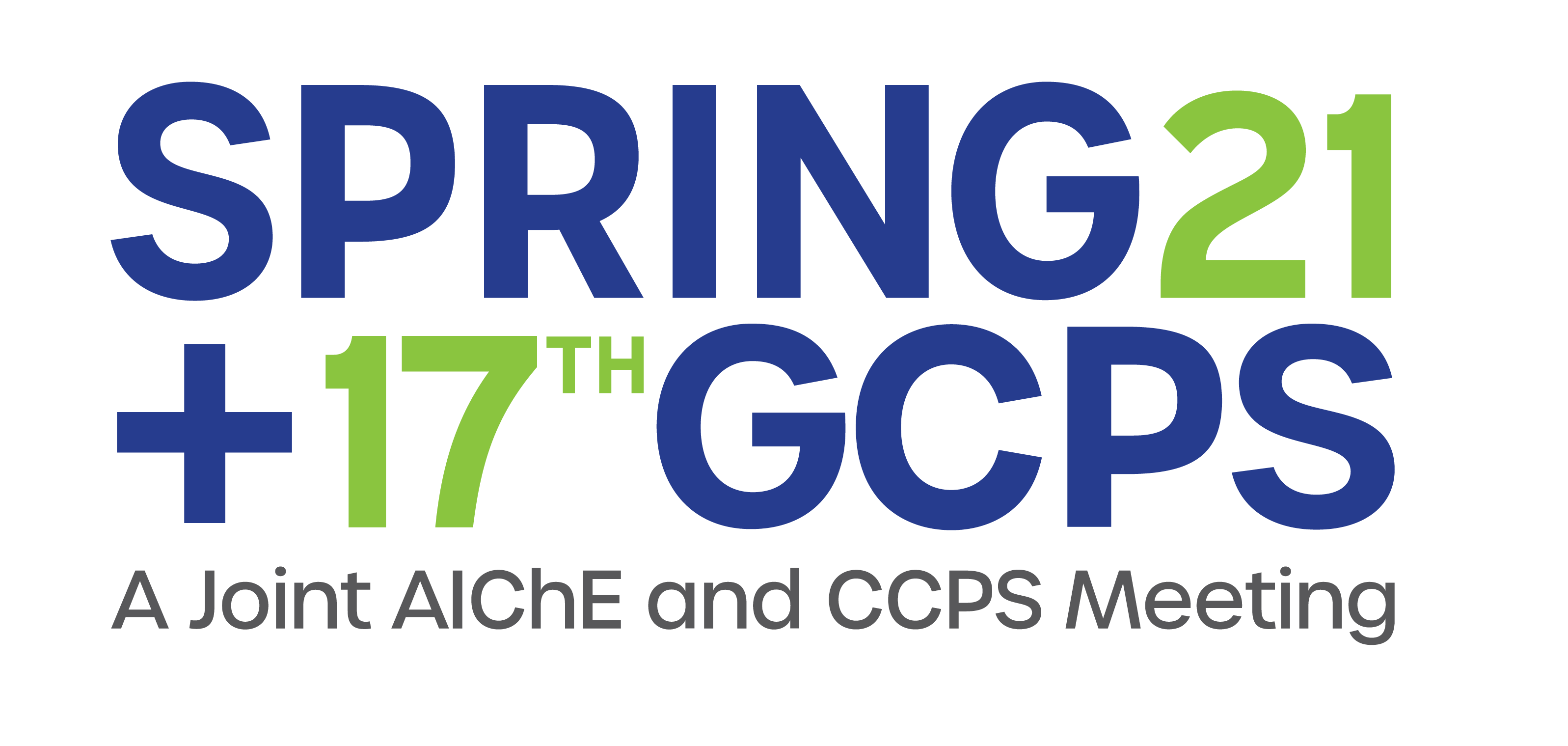

To fulfill both criteria, having long and short run implementation strategies, HIRA (Hazard Identification and Risk Analysis) process was developed for mining companies worldwide. Based on the Critical Control Management (CCM), HIRA process is focused on “quick wins†of process safety, management gaps that must be eliminated shortly, to keep high consequences scenarios from happening. Those scenarios are known as MUE (Material Unwanted Event).
HIRA for mining companies is based on the methodology developed by ICMM (International Council of Mining and Metals), which is comprised of 9 steps, 6 of them are only to identify scenarios and their causes, consequences and mainly the critical controls associated. The methodology intends not only to identify critical controls, but also to check their status (implement, not implemented), identify items that can make them more reliable and to assign responsibility for the management of the control, throughout its lifetime, to guarantee they will perform their function when demanded.
To accomplish such tasks, HIRA process widely uses Bow Tie Analysis, a very intuitive and visual risk management tool, which allows even people who do not have a lot of experience in the subject to easily understand the graphic representation of the MUE, such as cause, consequence, top event and mainly the controls and their status. Bow tie sessions are followed by field verification of each critical control identified, to check coherence between records (data), integrity and reliability, of the controls.
As a result, both existing and possible controls (known as Future State) are identified, according to the MUE analyzed and, comparing information from field verification, a qualitative risk assessment is carried out for three different categories – Inherent, residual and forecast risk.
By the end of the HIRA process, many types of controls are identified, such as procedures, safety valves, inspection plans, guard rails, alarms, interlocks...and so on. They now will be managed differently, as they are classified as critical controls – items that are crucial do prevent the MUE form happening or mitigate its consequence.
